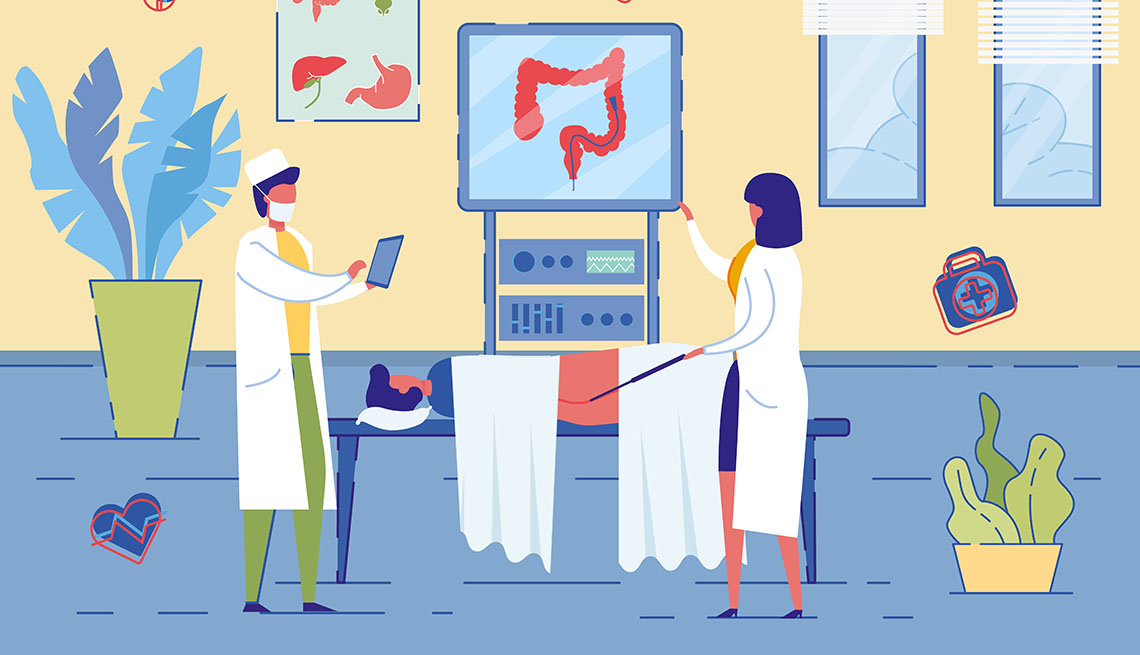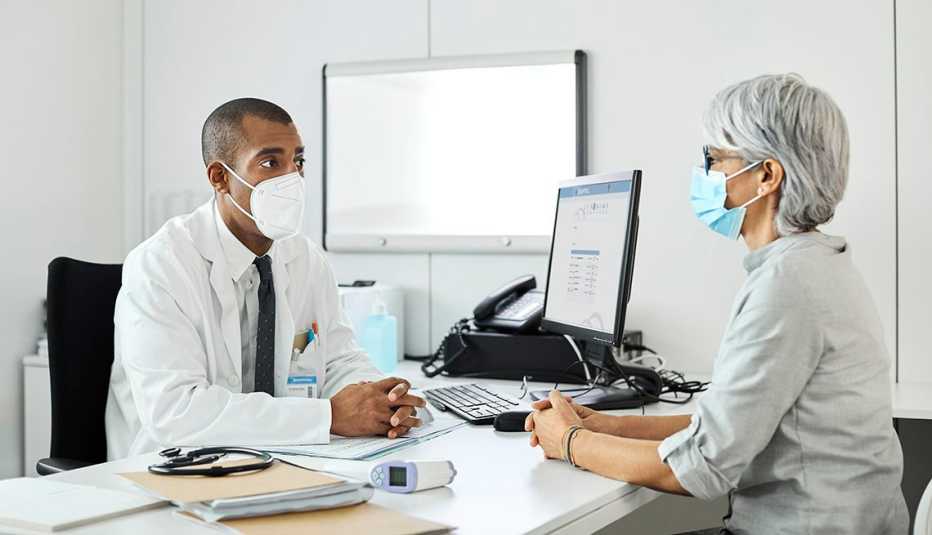Staying Fit
Let’s face it. No one looks forward to having a colonoscopy. If you’re like most people, it’s not the procedure itself that you dread, but the preparation to get your colon clean so your doctor can have a good look. That prep traditionally involves forcing down a gallon of awful-tasting liquid and then spending hours in the bathroom.


AARP Membership— $12 for your first year when you sign up for Automatic Renewal
Get instant access to members-only products and hundreds of discounts, a free second membership, and a subscription to AARP the Magazine.
Still, it’s worth it. A colonoscopy is by far the most effective way to detect colorectal cancers (colon and rectal cancers), which are the second-leading cause of cancer deaths in the United States, according to the American Society of Clinical Oncology. During a colonoscopy, your doctor can spot precancerous polyps in your colon and remove them before they develop into cancer. In other words, a colonoscopy can save your life.
And here’s more good news: If your fears are based on the last colonoscopy you had, experts say a lot has changed in recent years.
For one thing, you no longer have to drink a full gallon of bowel-cleansing fluid in one sitting. Most doctors these days recommend splitting the preparation — so you could, for example, guzzle down half the night before and then the other half very early the next morning. Studies show splitting the dose is more tolerable for most people, and it also does a better job of cleaning out the colon than taking all the prep the night before.
Prep solutions are also better-tasting than they used to be, and there are different options that don’t require you to drink as much, says Linda Lee, medical director of endoscopy at Brigham and Women’s Hospital and associate professor of medicine at Harvard Medical School.
Here are 10 tips to help to make your next colonoscopy more bearable.
1. Tell your doctor if you have constipation
If you’re among the estimated 30 to 40 percent of older adults suffering from constipation, “the standard prep might not be enough to get you cleaned out,” Lee says. If that happens, you’ll have to reschedule the procedure (and do the prep all over again).
It’s important to tell your doctor about your constipation in advance so that he or she can recommend additional steps to ensure your colon is clear, says Alyssa Parian, clinical director of gastroenterology at Johns Hopkins Medicine. For example, Parian advises her constipated patients to take two capfuls of MiraLax (polyethylene glycol) daily for 10 days leading up to the day of the prep.
2. Consider an afternoon appointment
Think carefully about the timing of your procedure. If your colonoscopy is in the early morning, you will probably be instructed to take the second half of your prep in the wee hours, say 3 or 4 a.m. — so you’ll spend much of the night running to the bathroom. If you don’t want to give up a night of sleep, schedule an afternoon colonoscopy, Lee suggests.
If you don’t mind doing all of your prep at once, patients with an afternoon colonoscopy appointment usually have the option to do it all that morning, Lee says. In fact, Thomas Jefferson University researchers found that patients who drank all their prep on the morning of the procedure experienced less abdominal pain and got a better night’s sleep than those who took the first dose the night before.
3. Call your health insurer in advance
Colonoscopies are supposed to be fully covered as a preventive screening under the Affordable Care Act, but there can be loopholes, says Caitlin Donovan, spokeswoman for the nonprofit National Patient Advocate Foundation.
One big loophole in recent years is that many health care providers charged for the procedure if a polyp was found and removed, because then they considered the procedure “diagnostic” rather than preventive, Donovan says. However, the government recently clarified that private health insurers cannot charge patients simply because a polyp is removed, Donovan says.



































































